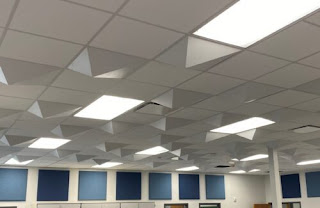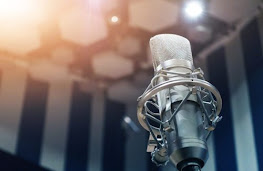How a sound diffuser works
Adding sound diffusers may be a life changing home development project if they are fitted in the appropriate way.
Many people are completely blown away when they hear music in a room with a sound diffuser for the first time; hence it is little wonder that so many are growingly tempted to purchase these pieces.
But how do they work, and why are they so efficient?
The theory
Sound diffusion is one of the main four diffusions and there are many products in the market that claim to offer efficient domestic solutions, but not all of them work in precisely the same way.
Essentially, they are generally a series of troughs or wells with horizontal dividers in them.
In case of sound diffusers or noise reducing curtains, prime numbers are used to determine how much space there should be between every well of the device.
As prime numbers are consistent and predictable, they are the best formula to use while developing a diffuser pattern, though other types of products might have other theories involved.
How it works
When sound diffusers or sound blocking curtains are fitted properly in a room, the sound energy enters the diffuser and is then fanned out back into the room, making sure the sound is evenly deployed.
Where are they beneficial
It is a matter of preference what type you choose and where you decide to get in installed in your home.
As a general instance, a home studio is an excellent place to start. Many people that have had sound diffusers and acoustic curtains fitted in the home studios swear by the technology, and say it has changed the way they hear music forever.
If you are planning to create a music listening room in your house, then this can also be beneficial to get the best possible outcome.




Comments
Post a Comment